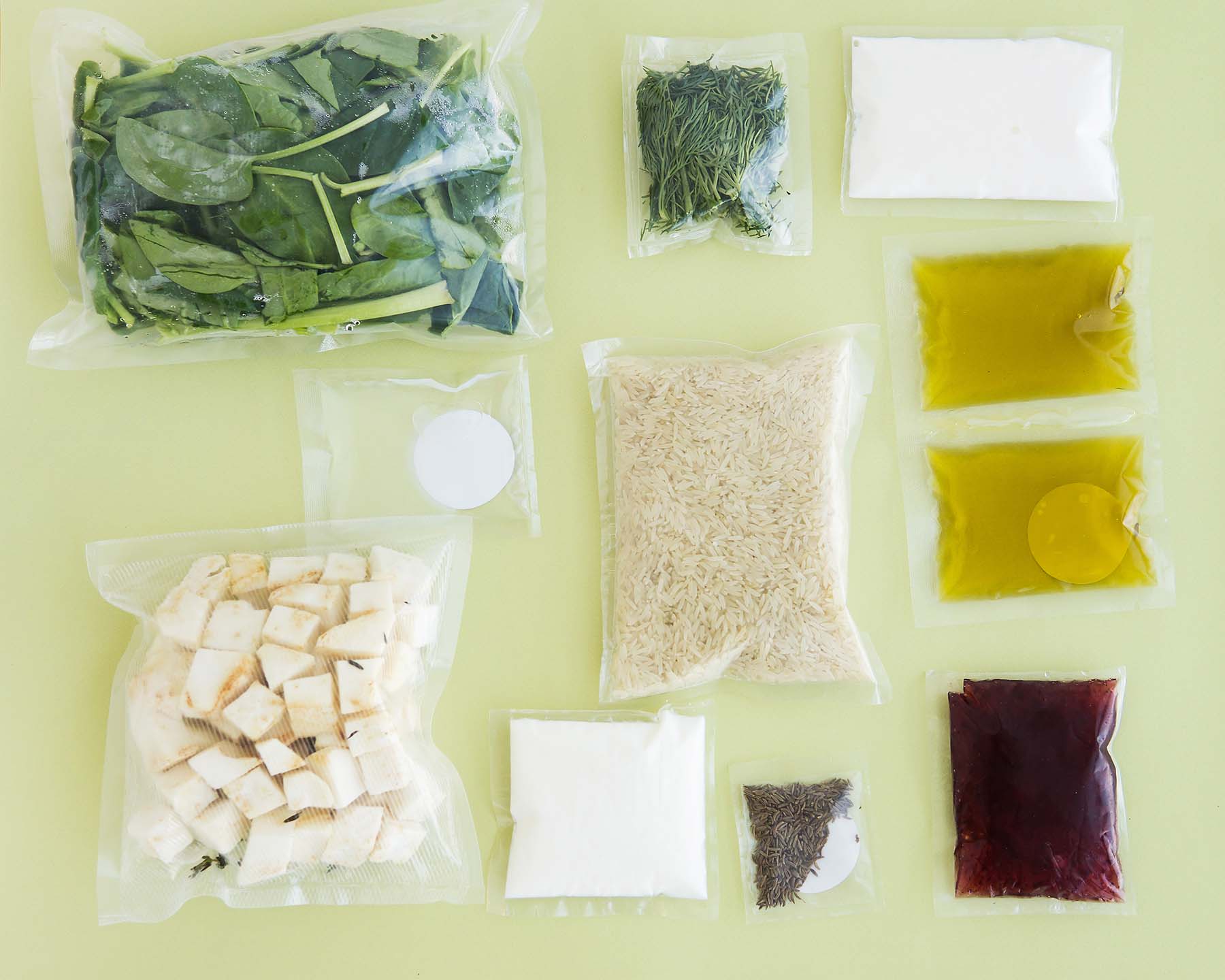Meal Delivery Kits: Are They Safe?

Some people live to channel their inner Martha Stewart in the kitchen. Others don’t really have the time or inclination to plan meals and opt for meal delivery.
Actually, I would rather not cook at all but since that isn’t really an option, meal kits like Blue Apron™ or Hello Fresh™ make it easier.
When it comes to food safety, is it really possible for food to still be okay to eat when its been sitting on your porch all day … in the summer especially? According to Jacqueline Rodriguez, a nutrition expert at the University of Miami Health System, it’s all about the temperature.
No, not the temperature outside; the temperature of the food.
Tip: “Take the temperature of the food that is kept furthest away from the dry ice. This would be the “warmest” item in your meal box. If that food is not 40°F or less, you should call to have it replaced and discard the food.”
The best thing you can do with any food in your kitchen, she says, is to “keep your cold food cold and your hot food hot.”
Specifically, cool foods should be no warmer than 40°F and fully cooked warm foods should be kept at 140 degrees until you are ready to serve them. That range between those two temperatures is called the “Temperature Danger Zone”.
Rodriguez says that you are much more likely to get food poisoning from the danger zone than from eating a bad batch of lettuce.
Speaking of leafy greens …
The other concern with meal delivery kits is accidentally eating a food that has been recalled, like romaine lettuce. When you buy produce from the store, for instance, it normally has a number on the packaging that can help you to identify where it came from or if it is included in the recall.
The produce in your meal delivery kit may not have that identifier. Rodriguez says that while the service should be in charge of removing any items that have been recalled, there is always a chance that they didn’t get to your particular box in time or that your produce had not been recalled at the time it was packaged.
Tip: “I recommend avoiding the produce in question all together until there is more information or the issue is resolved.”
When in doubt, throw it out
It’s the food safety mantra, albeit somewhat general. And, although you may want to rely on your nose to sniff out rotten food sometimes it is not so easy.
Tip: “If it’s prepared food, you should throw it out within 5 days of its preparation unless an ingredient used to prepare that food expires sooner than that. If you made mac and cheese, for example, with milk that expires in 2 days, you would only be able to store it up until the milk’s expiration date.”
If you have any health issues
Many meal delivery kits tout the fact that their meals are healthy. But just because they might contain only organic ingredients, or they’re vegan or paleo, doesn’t mean they are healthy for everyone.
Many people with chronic conditions need to be on special diets, and the meals that you order from a service probably have not been formulated for your individual conditions or what your body needs.
Tip: ”If you have any health concerns, you should talk to a dietitian about service you’re considering and whether or not it works for you as well as what you’re going to do once the service is over. “
The takeaway: Meal delivery kits aren’t for everyone and while you gain convenience you may be sacrificing control over choosing safe and fresh ingredients. If you do choose to subscribe to one of these services, however, these tips are the best way to guard against food-borne illnesses.
Natasha Bright is a contributing writer for UMiami Health News. Her writing has also been featured on the Huffington Post and Scary Mommy websites.
Tags: food poisoning, food safety, foodborne illness, Jacqueline Rodriguez, meal delivery kits
